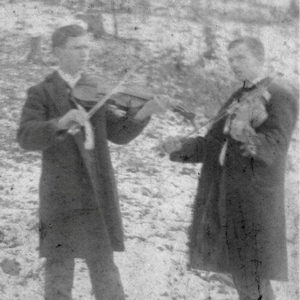 Morrison Twins
Morrison Twins
Time Period: Post-Reconstruction through the Gilded Age (1875 - 1900) - Starting with M
 Morrison Twins
Morrison Twins
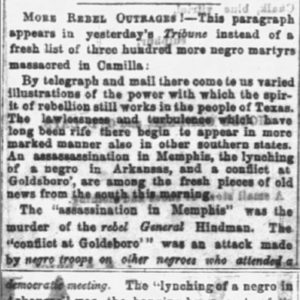 Lee Morrison Lynching Article
Lee Morrison Lynching Article
Morrison, William (Lynching of)
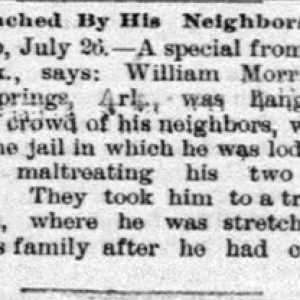 William Morrison Lynching Article
William Morrison Lynching Article
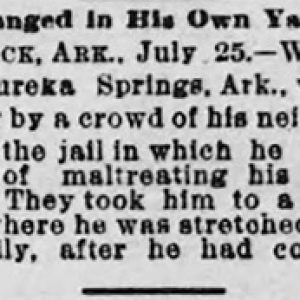 William Morrison Lynching Article
William Morrison Lynching Article
Mosely, Julius (Lynching of)
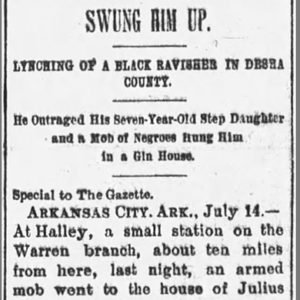 Mosely Lynching Article
Mosely Lynching Article
Mount Pleasant Academy
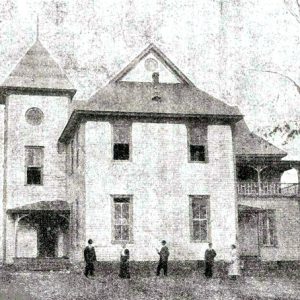 Mount Pleasant Academy
Mount Pleasant Academy
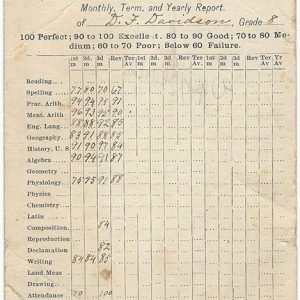 Mount Pleasant Academy Report Card
Mount Pleasant Academy Report Card
Mount Pleasant Methodist Church
 Mountain Home Baptist College
Mountain Home Baptist College
Mountain Home Cemetery, Historic Section
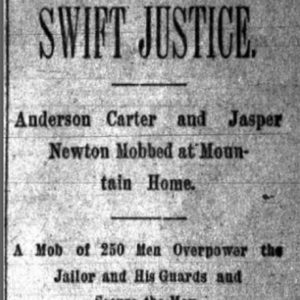 Mountain Home Lynching Article
Mountain Home Lynching Article
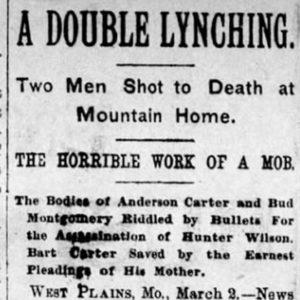 Mountain Home Lynching Article
Mountain Home Lynching Article
Mountain Home Lynchings of 1894
 Mountain Lake Dam
Mountain Lake Dam
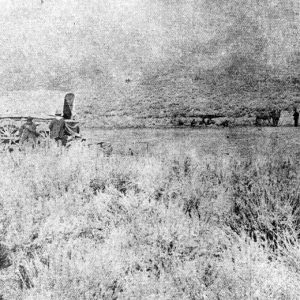 Mountain Meadows Massacre Site
Mountain Meadows Massacre Site
Mountain Signal
Mullens, Nat (Lynching of)
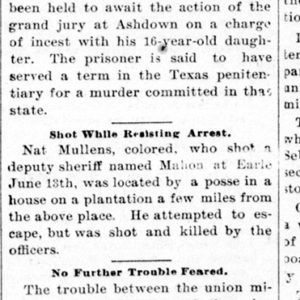 Nat Mullens Lynching Article
Nat Mullens Lynching Article
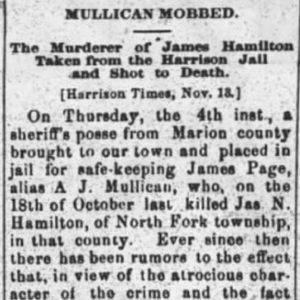 Andrew Mullican Lynching Article
Andrew Mullican Lynching Article
Mullican, Andrew J. (Lynching of)
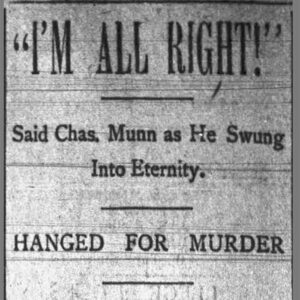 Charles Munn Execution Article
Charles Munn Execution Article
Murray, James (Murder of)
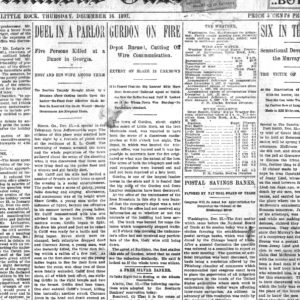 James Murray Murder Article
James Murray Murder Article
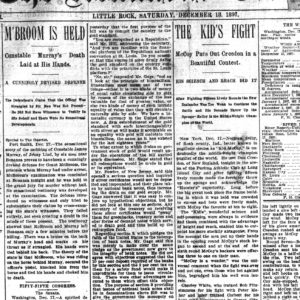 James Murray Murder Article
James Murray Murder Article




